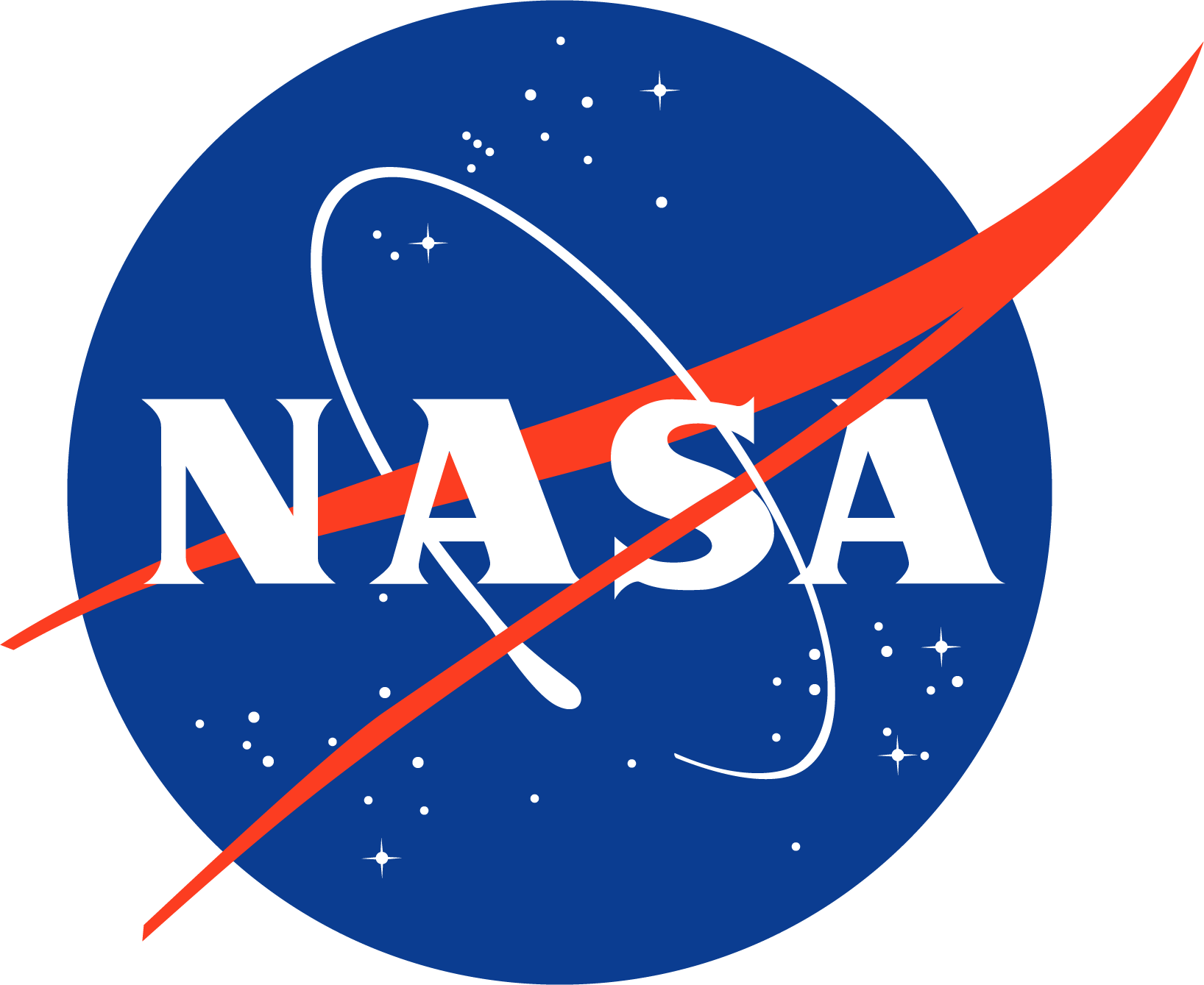Press Releases
Showing 1 to 24 of 494.
Dusty Days Are Here Again for El Paso
2025.04.29
Spring and early summer in the Chihuahuan Desert are dusty, but El Paso and the Borderplex region are experiencing one of their dustiest seasons since the 1930s Dust Bowl.
NASA Data Supports Everglades Restoration
2025.03.14
A new data product developed by NASA-funded researchers will help monitor from space the changing relationship between coastal wetlands and atmospheric carbon. It will deliver daily measurements of gaseous flux — the rate at which gas is exchanged between the planet’s surface and atmosphere.
Colorful Dust Over Mauritania
2025.03.03
Airborne dust is common over the West African country, but its source can affect the appearance of plumes.
Desert Dust Streams from Iran
2025.01.24
Winds lofted dust from the arid landscape across the Gulf of Oman.
Is Fire Activity Declining in Northwestern India?
2025.01.23
Satellites detected unusually low numbers of crop fires in Punjab and Haryana in 2024, and scientists are trying to understand why.
Annual Science Conference to Highlight NASA Research
2024.12.06
NASA researchers will present findings on Earth science, planetary science, and heliophysics at the upcoming American Geophysical Union (AGU) 2024 annual meeting in Washington, DC, beginning on Monday, Dec. 9.
The Earth Observer Editor’s Corner: Fall 2024
2024.11.14
On September 18, 2024, the National Oceanic and Atmospheric Administration (NOAA) shared the first images of the Western Hemisphere from the GOES-19 satellite, its newest geostationary satellite launched on June 25, 2024...
NASA’s BlueFlux Campaign Supports Blue Carbon Management in South Florida
2024.11.12
NASA’s BlueFlux Campaign, a three-year (2021–2024), $1.5-million project operating under the agency’s Carbon Monitoring System, used field, aircraft, and satellite data to study the impact of both natural and anthropogenic pressures on South Florida’s coastal ecology.
Smoky Skies Over the Indo-Gangetic Plain
2024.11.05
Annual fires contributed to hazy skies over northern Pakistan and India, causing schools in some areas to close.
NASA, NOAA Rank 2024 Ozone Hole as 7th-Smallest Since Recovery Began
2024.10.30
Healing continues in the atmosphere over the Antarctic: a hole that opens annually in the ozone layer over Earth’s southern pole was relatively small in 2024 compared to other years. Scientists with NASA and the National Oceanic and Atmospheric Administration (NOAA) project the ozone layer could fully recover by 2066.
NASA Goddard Hosts Former VP Al Gore to Mark 10 Years of DSCOVR Mission
2024.10.17
Environmentalist and former Vice President Al Gore visited NASA’s Goddard Space Flight Center in Greenbelt, Maryland, on Oct. 16, 2024, to commemorate the upcoming 10th anniversary of the DSCOVR (Deep Space Climate Observatory) mission.
Arctic Ozone Hits Record High
2024.09.26
An active atmosphere at northern latitudes contributed to the highest monthly Arctic ozone concentrations measured in the satellite era.
NCCS-Hosted Simulations Enable Exploring Prospects of Detecting Volcanic Signatures on ExoEarths
2024.09.26
The NASA Center for Climate Simulation enabled University of California, Riverside, and NASA Goddard Space Flight Center scientists to simulate large igneous province volcanic eruptions on Earth to define the atmosphere of a hypothetical Earth-like exoplanet (or exoEarth) for exploring the possibility of detecting volcanic signatures.
Aura at 20 Years
2024.09.16
Launched on July 15, 2004, NASA’s Aura satellite has provided scientists with essential measurements during its two decades in orbit.
A Series of Rare Disturbances in the Stratosphere
2024.09.03
The polar vortex elongated and weakened over Antarctica, causing rare warming events.
Dust Pours Off the Moroccan Coast
2024.08.28
Desert winds kicked up a cloud of dust from northern Africa.
ARCSIX Analyzes Arctic Sea Ice Loss
2024.08.26
In summer 2024, NASA scientists went to northern Greenland to study how clouds and atmospheric particles may be contributing to the ongoing loss of multiyear sea ice.
NASA, EPA Tackle NO2 Air Pollution in Overburdened Communities
2024.08.05
NASA data about nitrogen dioxide, a harmful air pollutant, is available in EJScreen, EPA’s widely used environmental justice screening and mapping tool.
NASA Returns to Arctic Studying Summer Sea Ice Melt
2024.07.26
What happens in the Arctic doesn’t stay in the Arctic, and a new NASA mission is helping improve data modeling and increasing our understanding of Earth's rapidly changing climate. Changing ice, ocean, and atmospheric conditions in the northernmost part of Earth have a large impact on the entire planet. That’s because the Arctic region acts ...
Smoky Skies Across North America
2024.07.26
Hundreds of wildland fires lofted sky-dulling smoke over Canada and the United States.
Fires Char the Siberian Arctic
2024.07.19
Large wildland fires are burning in the tundra of northern Russia.
NASA Celebrates 20 Years of Earth-Observing Aura Satellite
2024.07.16
From monitoring the hole in the ozone above the Antarctic to studying air quality around the entire planet, NASA’s Aura satellite has provided scientists with essential measurements during its two decades in orbit.
A Smoky Summer in Amur
2024.07.11
Fires have been flaring periodically in this eastern region of Russia since May.
NASA, SpaceX Launch NOAA’s Latest Weather Satellite
2024.06.25
NASA successfully launched the fourth and final satellite in a series of advanced weather satellites for NOAA (National Oceanic and Atmospheric Administration) at 5:26 p.m. EDT Tuesday.
Showing 1 to 24 of 494.
